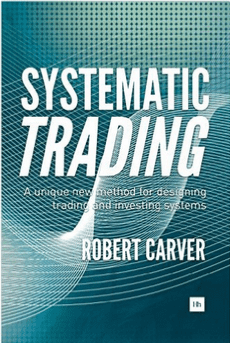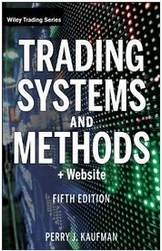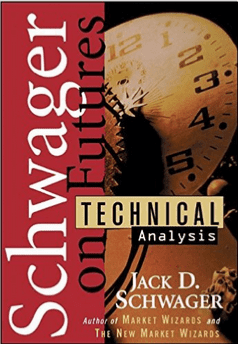
Robert Carver is an independent systematic trader, freelance writer and research consultant.
He spent more than seven years working for AHL, one of the worlds largest systematic hedge funds. Robert was responsible for the inception of AHL’s fundamental strategies group and subsequently managed the fund’s $5bn fixed income portfolio.
He is the author of “Systematic Trading: A unique new way to make investment and trading decisions.”
Before that he worked for CEPR, an economics think tank, as a research manager; and as an exotic derivatives trader for Barclays Capital.
In this episode we discuss trading rules, what makes a good trading rule and the advantages of using continuous rather than binary rules. He also shares insights into over-fitting and the challenges of walk-forward testing that can make it impractical.
Sponsors
Trade View Investments, a proprietary trading firm based in Melbourne, Australia, offer trading courses for beginner to advanced traders. Learn how to create automated trading strategies for Forex and Indices just like they do.


The Intermediate Workshop is also available as an intensive 2-day workshop in-house. Click here to learn more.
Show your support
While you’re listening, it would be great if you could show your support by leaving a brief review of the podcast in iTunes. This really helps to spread the word and reach even more listeners!
Topics discussed
- What makes a good trading rule
- The advantages of simple rules
- Why only some trading rules are profitable
- Walk-forward testing and some of the challenges that can make it impractical
- How much data you actually need to determine if a trading rule is better than another
- Why choosing the optimal values during a walk-forward test is not the best approach and some alternatives
- Weighting trading rules
- Steps to avoid over-fitting
- Should trading rules be adjusted for individual instruments?
- Continuous trading rules compared to binary rules
- The applications and advantages of continuous trading rules
- What makes a good systematic trader
- The issues that overconfidence creates in trading
- Two aspects of institutional trading that most retail traders could apply to their own trading
Resources mentioned in this episode
- Robert can be followed on his blog or on twitter @investingidiocy
- Recommended books:
Watch these 2 MTA presentations by Robert on systematic trading


Quotes
Top tips from this episode
Here are few of my favourite takeaways from the chat with Robert:
- The challenges of walk forward testing – Robert highlighted issues with rolling window or walk forward analysis, especially around the length of the window that’s used. If we’re using a rolling window of 1 or 2 years, which is a common approach, is that length of time really long enough to determine one rule or variation is better than another? Robert suggested that it probably isn’t and provided an approach where you start with an expanding window until you get a window size that provides statistical significance and then use a rolling window from there. He also mentioned a study which suggests that choosing the best set of rules or values in a walk forward test is not the best approach and offered some suggestions that could provide better results.
- “A very easy way to avoid over-fitting is to do no fitting at all” – I found this statement quite amusing at the time but it’s really a very interesting idea. If we’re using trading concepts that have been proven to work, what is fitting really doing for us? Roberts approach to using an ‘average of the rules’ was a very interesting concept because we just don’t know which rules are going to work best in the future.
- Trading rules that are continuous rather than binary – Another idea I found very interesting was using continuous trading rules instead of binary. The use of a continuous rule not only tells you when to get in and out of trades but can also be used to drive position sizing. In the example Robert gave of the moving average crossover rule, you enter the trade with a small position when the crossover occurs, when the instrument starts moving in your favour you increase the position size and when the moving averages start moving back together you reduce the position size.
Got A Question, Topic or Guest you want to see on the Podcast?
Do you have a specific question, topic or guest you’d like to see on a future podcast episode?
Click here and submit your suggestion for a chance to have it featured on an upcoming podcast episode.
Get the Transcript
Subscribe to Better System Trader and never miss another episode!
Please support the podcast by giving an honest Rating/Review for the show on iTunes!








